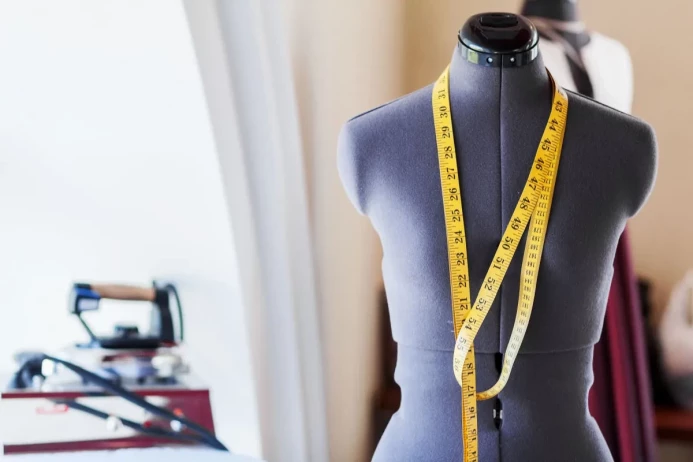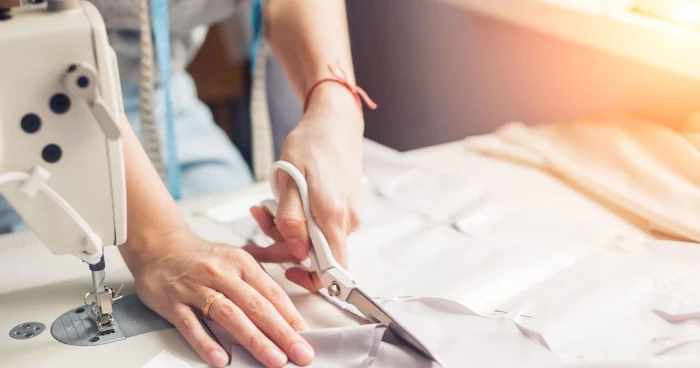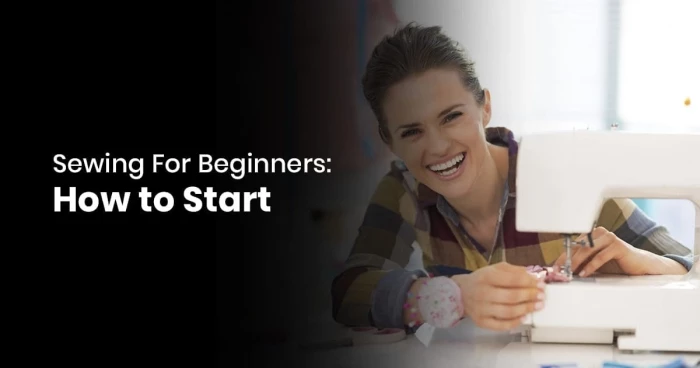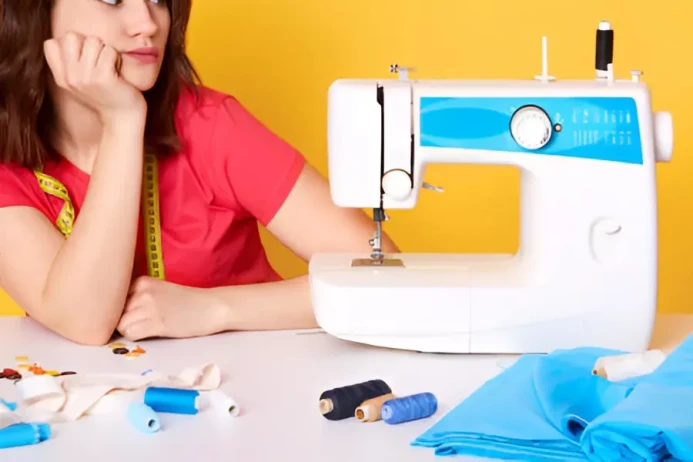How to Take Accurate Measurements

by:sewingeverything
How to Take Accurate Measurements
Any experienced seamstress will tell you that accurately taking your measurements is the essential first step to sewing a perfectly fitting garment. It’s worth re-taking your measurements regularly as they often change, and it helps avoid accidentally taking hours sewing a garment that ends up not fitting — surely the worst tragedy! Although it’s best to have someone else take your measurements, it’s also totally possible to do it on your own, with a little bit of patience, a tape measure, and a full-length mirror.
What and How to Measure
The most critical measurements you’ll need to pick your pattern size and make adjustments are your high bust, full bust, waist, hip, and bicep. There are plenty of other possible measurements. Depending on your figure, you may want to consider measuring your shoulder width, torso length, leg length, or back length.
High Bust
To take your high bust measurement, place the tape measure snugly under your arms so that it goes across your back and over the top of your bust. Make sure you hold the tape firmly but not so tight that it’s digging into you.
Your high bust measurement is important because it helps you choose your size if you have a bra cup size of a C or larger and you’re using a pattern drafted for a B cup, which is the standard for most sewing patterns. In this case, use your high bust measurement to pick your bust size from the pattern’s sizing chart. Then, you’ll need to do a Full Bust Adjustment, or FBA. To calculate how much you need to add in the FBA, subtract your full bust measurement from your high bust measurement. Divide that in half to determine what you’ll need to add to your pattern piece.
Note that if you’re using a cup-sized pattern like Cashmerette Patterns (which go from C to H), you should use your full bust measurement to pick your bust size, not your high bust.
Full Bust
To measure your full bust, place the tape measure across your back and across the fullest part of your bust, making sure it’s parallel to the floor. Having a friend to measure helps here, or check in a mirror! If your cup size is the same as the pattern is drafted for, use this measurement to pick your pattern bust size.
Waist
To find your waist point, lean to the side and note the point on your body where you bend, though note that it won’t always be the narrowest part of you. For many plus-size women, the narrowest part is actually higher up on the rib cage. Now, sit down! The reason this is important is that many women (including myself!) spread a little when we sit down. You don’t want a skirt or pants that are snug when you’re standing up but cut in when you sit down. Therefore it’s best to sit down, then place the tape around your waist point and measure. Again, be sure the tape measure is parallel to the floor.
Hips
This is another measurement that’s best taken when sitting. First, place the tape measure around the largest bit of your hips and bum, and hold loosely. Then sit down, keeping the tape measure in the same place, and note the measurement.
Bicep
To measure your bicep, place the tape measure around the fullest part of your upper arm (typically just underneath your armpit), place your arm by your side and then measure. Although not all patterns list a bicep measurement (in which case you can measure the pattern piece instead), it’s common for curvier women to have to do a Full Bicep Adjustment, making this a good measurement to be able to reference.
How to Use Your Measurements to Choose a Size
Now that you have your measurements, what to do with them? Most sewing patterns have two sets of measurement tables: a body measurement table and a finished garment measurement table.
Theoretically, you’re told to pick a size using the body measurement table. So if you have a 40″ waist, you look for the 40″ waist size, and that’s the size you should cut at that point. However, pattern companies have very different amounts of ease, the additional fabric in a pattern that stops it from being a skintight fit.



